Hi! Today we want to take you on a journey to one of our favorite archipelagos in the Mediterranean — the Egadi Islands. Until recently, they were completely unknown to us. It was only during our search for sailing information about Sicily that we discovered this picturesque archipelago, located just off the western coast of the island.
The Egadi Islands – general info
The Egadi Islands consist of three main islands: Favignana, Levanzo, and Marettimo, along with several smaller rocks and islets. They are famous for their crystal-clear waters, breathtaking bays, and rich history, with tuna fishing being an important tradition. Each island has its unique character: Favignana is the largest and most lively, Marettimo captivates with its wild nature and mountain trails, while Levanzo enchants with its tranquility and archaeological gems.
The archipelago is very close to Sicily — just 9 nautical miles from the port town of Trapani. This makes the Egadi Islands easily accessible for local sailors and tourists hopping on fast motorboats.
Sailing to Egadi Islands
We visited the archipelago during the peak of the tourist season — August, the time of Italian holidays. As expected, there were many tourists, with Italians being the most numerous. However, since the islands lack large resorts, hotels, and infrastructure supporting mass tourism, the number of visitors was not overwhelming. The situation was similar in the anchorages and bays — despite the presence of many yachts, the sailing was calm and free of unpleasant situations often found in popular charter areas.
We began our journey to the Egadi Islands from Trapani, which we mentioned earlier in Module 11. After several intense weeks of sailing, the archipelago seemed like the perfect place to relax — and we were right! Sandy beaches, turquoise water, and lazy days allowed us to recharge before continuing our journey and also explore some exceptional monuments.
Marine Protected Area of the Egadi Islands
The Marine Protected Area of the Egadi Islands (Area Marina Protetta Isole Egadi) is the largest marine reserve in Europe, covering three main islands—Favignana, Levanzo, and Marettimo—as well as smaller islets. Established in 1991, it spans around 53,992 hectares.
Zones in the Marine Protected Area of the Egadi Islands
The park is divided into zones (A, B, C, and D), each with specific regulations for sailing, anchoring, and other activities. Zone A offers full protection, while Zones B, C, and D allow varying degrees of activity, such as diving, fishing, and general sailing with required permits.
Zone A: Full Protection: This area includes waters west of Marettimo and around Maraone island. Swimming is allowed, but sailing is restricted to local residents with a permit. Diving is only permitted with local dive centers. In summary, visitors like us are not allowed in this zone.
Zone B: General Protection: Marked in yellow, this zone allows swimming, sailing, and diving with local dive schools, but requires permits for all activities. Fishing is also allowed with a permit.
Favignana & Marettimo Specific Rules:
- Favignana: Non-residents can sail and anchor at least 500 meters from shore. Closer access is for locals only.
- Marettimo: Anchoring within 500 meters requires a special daily permit with a limit of 40 vessels.
Zone C: Greater Freedom: In this zone, sailing, swimming, and anchoring are allowed. Diving and fishing are allowed with permits. This zone covers the waters around all islands.
Zone D: No restrictions: This area covers the waters between Marettimo and Favignana. No special regulations apply here that visitors with yachts need to consider.
Sensitive Areas in Egadi Islands
To complicate matters further, within the Egadi Islands Marine Protected Area, there are also designated “Sensitive Areas” that require special protection due to their high ecological value. These include coral reefs, underwater caves, and habitats of endangered species. In these zones, additional restrictions apply regarding swimming, navigation, and especially anchoring. Access to some of these locations is seasonal or requires special permits. Often, mooring buoys are available in such areas.
Mooring Buoys in the Egadi Islands
Mooring buoy fields are located in the most popular bays on all three main islands. Currently, there are 14 fields with a total of 150 buoys, aimed at protecting Posidonia from damage caused by anchoring (we explained what Posidonia is here). The use of these buoys is subject to a fee, which can be paid online or directly to the park staff who visit these locations. An interactive map of the buoy fields is available on the park’s website.
Before your visit – important information
Before deciding to visit the Egadi Islands, we recommend familiarizing yourself with the park’s regulations on its official website. Regulations may change, and the website provides more detailed information on allowed activities in different zones.
Unfortunately, we must admit that the information provided on the park’s website is very unclear. The maps are of low resolution, making it difficult to understand exactly where and what rules apply — especially regarding anchoring.
Our experience
We decided to purchase a permit for swimming and anchoring in Zone B. We tried to avoid anchoring in the “Sensitive Areas” or anchoring just beyond their boundaries, as we weren’t sure whether our permit covered those places. Frequently encountering park staff who did not pay attention to us proves that we were following all the rules.
For those of you who don’t want to deal with such complexities during your holiday, we highly recommend purchasing a weekly permit for Zone B and using mooring buoys instead of anchoring. The fees for using the buoys can be paid online or directly to the park staff, who visit twice a day.
How to get a permit?
Currently, the permit, which could previously be obtained through the website, is now available through the BlueDiscovery app. The price depends on the size of the yacht.
Favignana – the gem of the Egadi Islands
Once we completed all the formalities, it was time for the fun part. We started our cruise around the Egadi Islands with the largest one — Favignana.
Favignana is the largest and most popular of the Egadi Islands. It is famous for its beautiful beaches, picturesque bays, and rich history related to the tuna industry. Despite the development of tourism, the island has retained its unique charm thanks to its traditional fishing villages. Visitors can enjoy numerous attractions, including hiking, cycling tours, and the opportunity to visit the old tuna processing factory.
Favignana Marina
If you’re planning to stop, you can take advantage of the marina on the northern coast of the island. It’s a modern and highly rated port by sailors, with friendly service and excellent facilities. Unfortunately, the marina is also one of the most expensive we’ve encountered in the Mediterranean. During our stay, a night for a 12-meter boat cost as much as 275 euros, which in our case is an unacceptable price.
Fortunately, Favignana also offers many beautiful anchorages that allow for a comfortable stop and exploration of the island.
Our favorite anchorages in Favignana
Cala Rotonda, Favignana
Without a doubt, our favorite spot was Cala Rotonda. It’s a charming, but small anchorage, where the number of spaces for yachts is further limited by patches of Posidonia covering the sandy seabed. Despite being in the peak of the season, we managed to find a spot and spend several wonderful days here.
During the day, the bay fills up with small motorboats, and the traffic is intense. The Italians love this place, which is immediately obvious. Although the yachts often anchors one next to each other, the atmosphere is very friendly — everyone tries not to disturb their neighbors.
In the evening, when the motorboats leave, the bay becomes quiet and peaceful. This blissful state lasts until the morning when the day-trip boats return. Though we usually avoid such popular places, it was different here. Even with the heavy traffic, we could fully relax and left with a sense of regret. Off-season, Cala Rotonda must be a true paradise.
On the beach, there is a small café/bar where we happily sipped coffee while overlooking our floating home. The surrounding cliffs hide picturesque walking paths.
Cala Marasolo and Calamoni Beach, Favignana
These two larger anchorages are located on the southern part of the island. They are excellent starting points for exploring Favignana town, which is only a 20-minute walk away.
In Cala Marasolo, you’ll find both a mooring buoy field and anchoring spots. Near Calamoni Beach, there are two small marinas. Unfortunately, they don’t accept larger yachts, but they are ideal for leaving a dinghy. We particularly recommend the small Marina Calamoni with a restaurant, which during our stay organized a sailing meet-up. It was a fantastic opportunity to meet the neighbors from the anchorage!
Cala Rossa, Favignana
One of the most popular bays on the northeastern coast of Favignana. It offers a mooring buoy field, and anchoring is allowed outside its boundaries. The place quickly fills up with tour boats, which doesn’t make for a peaceful rest.
The cliffs and turquoise water create a stunning backdrop that attracts crowds. Getting ashore is difficult due to the numerous rocks, so if you decide to go for a walk, be sure to securely secure your dinghy. And the walk is definitely worth it — you’ll find monumental rock labyrinths and remnants of an old tuff quarry.
Unfortunately, we weren’t able to anchor in Cala Rossa due to the prevailing northern winds. In such conditions, the bay is unprotected and exposed to uncomfortable swells.
Faviganana – what to see?
When exploring Favignana, whether from the marina or one of the many anchorages, a must-visit is the Ex Stabilimento Florio delle Tonnare di Favignana. For years, Favignana was known as the center of traditional tuna fishing, and the famous “mattanza” technique was a key element of the local culture.
In the 19th century, a unique tuna processing plant was established here, which at its peak belonged to the Italian Florio family, who acquired the Egadi Islands in 1874. The plant became one of the most important establishments of its kind in Italy and the largest in Europe. It was the Florio family who introduced the innovative technique of canning tuna, which is still in use today! Today, the historic “tonnara” has been transformed into a fascinating museum where you can learn about the history of the tuna industry, see old machinery, and delve into the significance of fishing for the island and its people. We highly recommend this place especially to those connected to the sea, like us.
When strolling through the town, it’s worth visiting Palazzo Florio to see how the family, who owned the entire archipelago in the 19th century, lived.
A visit to Favignana must absolutely end with a tuna tasting. Local restaurants serve it in various forms, and each one is delicious! We particularly recommend Macelleria di Tonno and Ristorante Matri Mia.
After a hearty lunch, it’s worth climbing to the highest point of the island – the Santa Catarina Castle. The trail itself isn’t particularly difficult, as long as you don’t go there in the middle of a Sicilian summer day when the sun is scorching! The castle itself isn’t particularly interesting – it will be appreciated more by lovers of abandoned places than fans of beautiful architecture. Still, the hike to the top is worth the effort because the view from the top over the entire island is stunning. We even managed to spot our Tranquility, which was patiently waiting for us at the anchorage on the southern part of the island.
Marettimo, Egadi Islands
It’s time to change the surroundings and sail further! The next stop on our route is Marettimo, the westernmost and most untamed of the Egadi Islands. It is a true paradise for nature lovers and those seeking peace. The island delights with its spectacular cliffs, crystal-clear water, and an abundance of marine flora and fauna.
If you’re looking for authentic contact with nature, Marettimo won’t disappoint. On land, there are numerous mountain trails that lead through aromatic Mediterranean brush and offer breathtaking views of the sea. Unlike the more touristy Favignana, life on Marettimo moves slower and calmer. The tiny port village enchants with its whitewashed houses and intimate atmosphere.
Cala Conca, Marettimo
Sailing plans often have to adjust to the whims of nature. Unfortunately, due to the northern wind, we couldn’t anchor in a spot suitable for starting hikes around the island. The marina in Marettimo, like the one in Favignana, discouraged us with its very high price.
So, we decided to head south on the island to Cala Conca. We anchored at the border of the “sensitive area” to avoid issues with the National Park staff. Closer to the shore, there are mooring buoys.
I must admit that Cala Conca is one of the most beautiful bays we’ve ever seen. Wild nature, only a few yachts, no day-trippers, towering cliffs above the water, and spectacular sunsets — this place will stay in our memory forever.
In the evening, the park rangers’ motorboat appeared, collecting fees for the buoys, without paying any attention to us. This probably means we anchored correctly! Unfortunately, the beauty of this place came at a price — a sleepless night. The gusty downwinds coming from the high cliffs effectively disturbed our peaceful sleep, and we kept going on deck to check if everything was okay.
The next morning, we set off in the dinghy along the island’s southern coast. Snorkeling in the crystal-clear waters and connecting with the wild nature was a wonderful experience that made up for the troubles of the night.
Levanzo, Egadi Islands
Levanzo is our next stop on the route, although unfortunately, once again, the weather thwarted our plans.
This smallest of the Egadi Islands attracts tourists with its picturesque bays and turquoise waters, perfect for swimming and snorkeling.
Levanzo also hides a true archaeological treasure — the Genovese Cave. In this unique cave, there are prehistoric rock paintings dating back to the Paleolithic and Neolithic periods. The paintings depict both human figures and animals, making them one of the most important archaeological discoveries in this part of Italy. The cave can be reached on foot or by boat, and the visit is guided, with a guide explaining the history and significance of these extraordinary drawings.
Although we really wanted to visit Levanzo, we had to change our plans. We stayed too long on the other islands, and we still had a long journey ahead to Greece, along with an upcoming flight to Poland.
Sailing in Egadi Islands – Summary
The Egadi Islands captivated us with their unspoiled nature, fantastic views, unique monuments, delicious food, and friendly residents. Although we didn’t manage to visit all the planned places, we saw a lot and enjoyed a longer stay in selected locations.
The only thing we regret is not having the chance to dive. At that time, we didn’t have a dive compressor onboard, and filling the tanks at a dive base would have required stopping at the expensive marina in Favignana. But if we ever return to the Mediterranean, the Egadi Islands will definitely be a place we’ll sail to again!
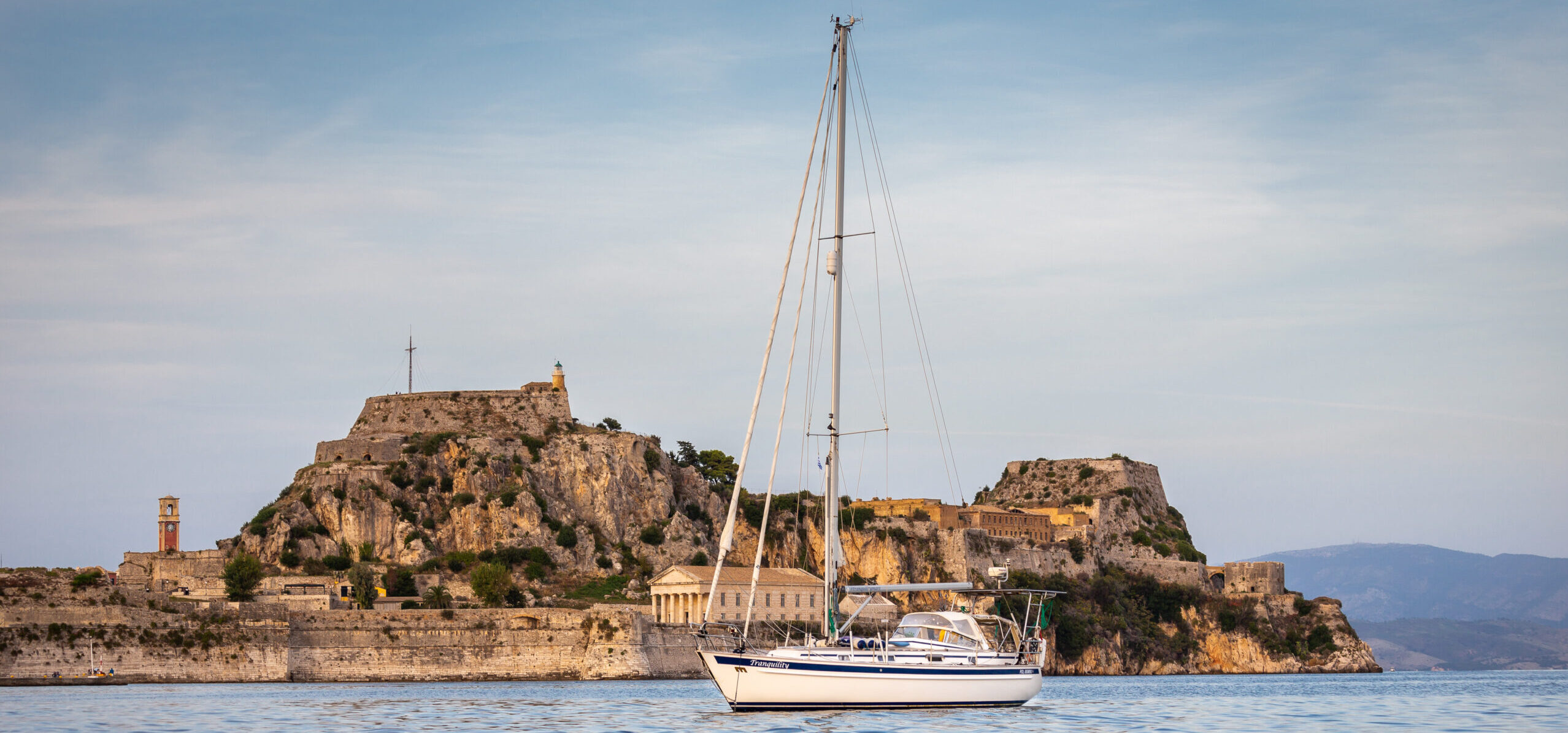
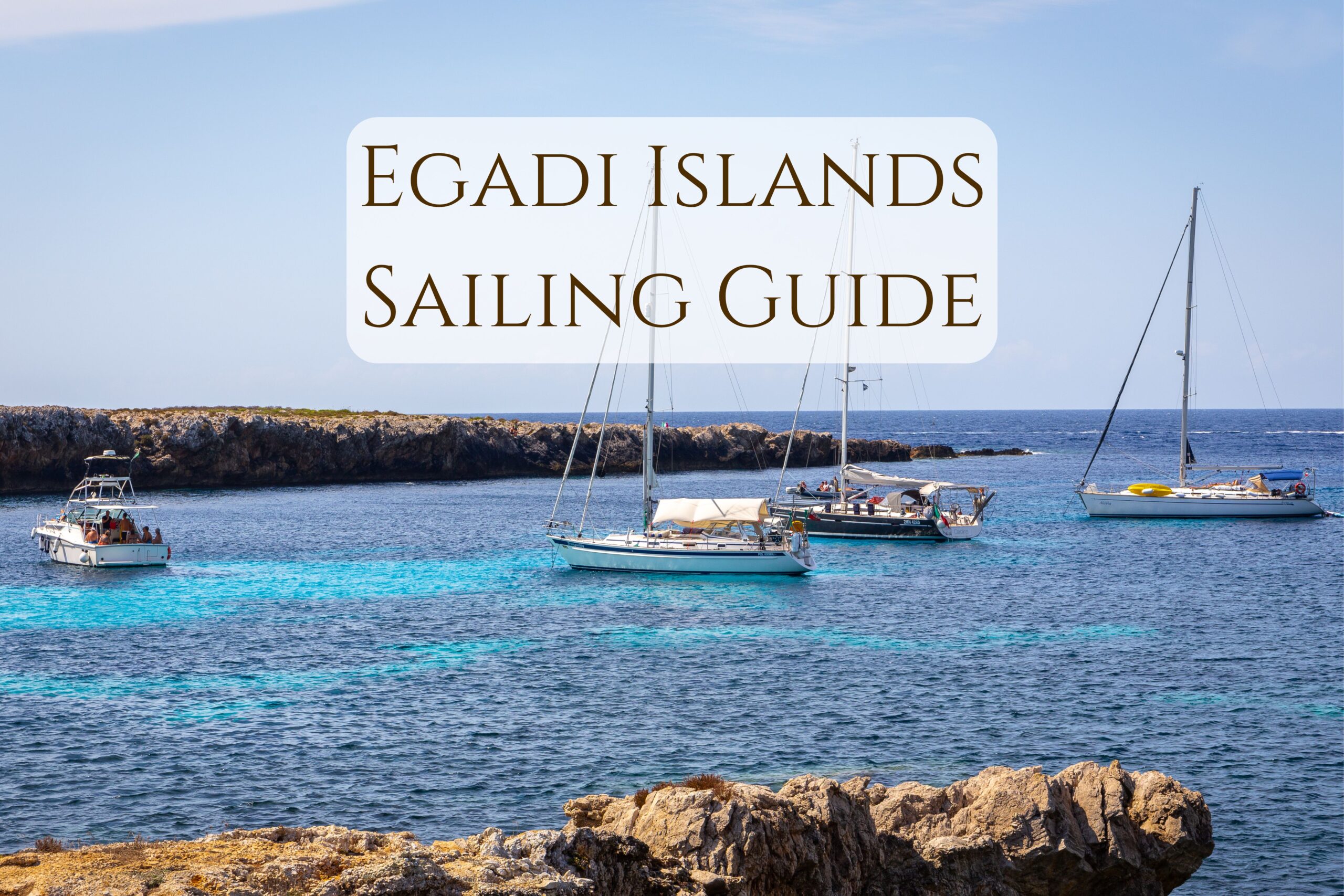
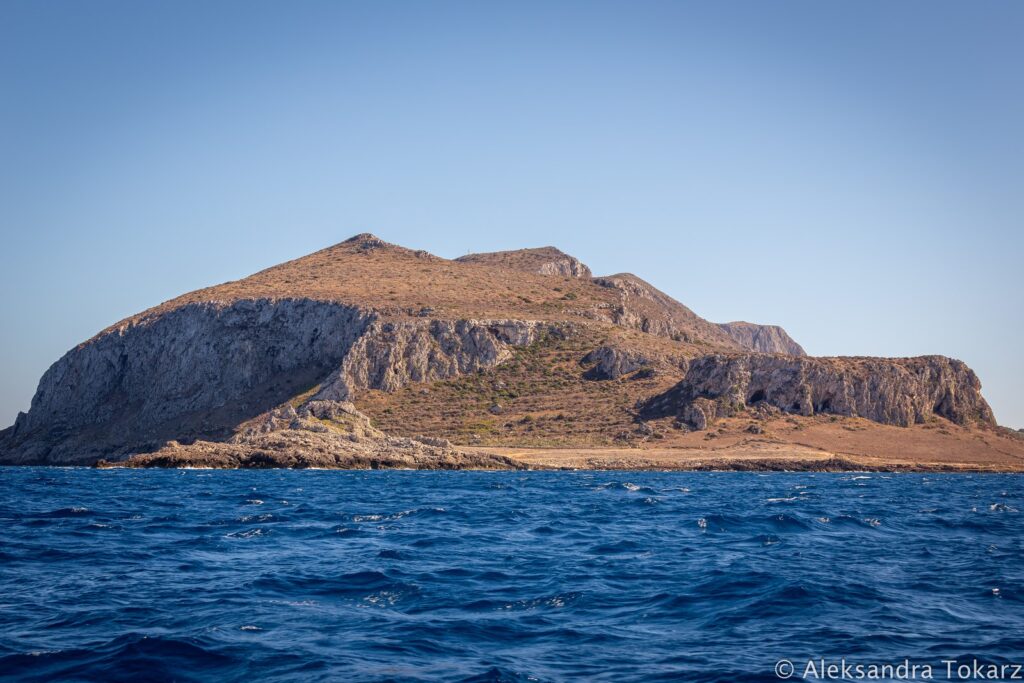
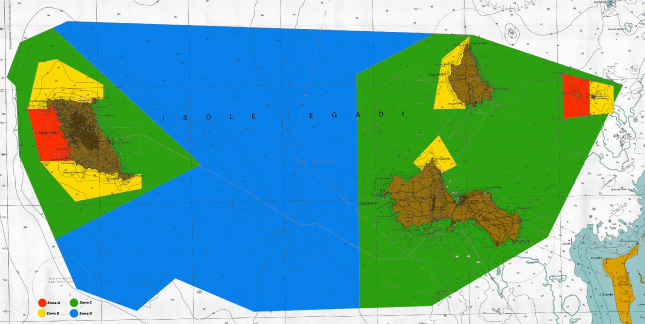
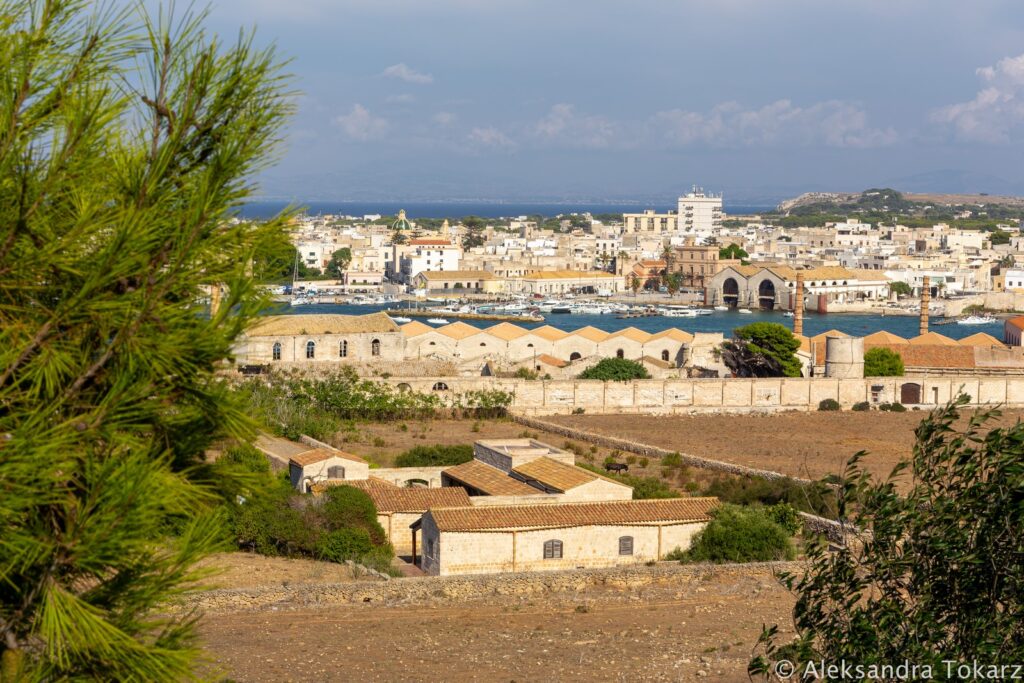
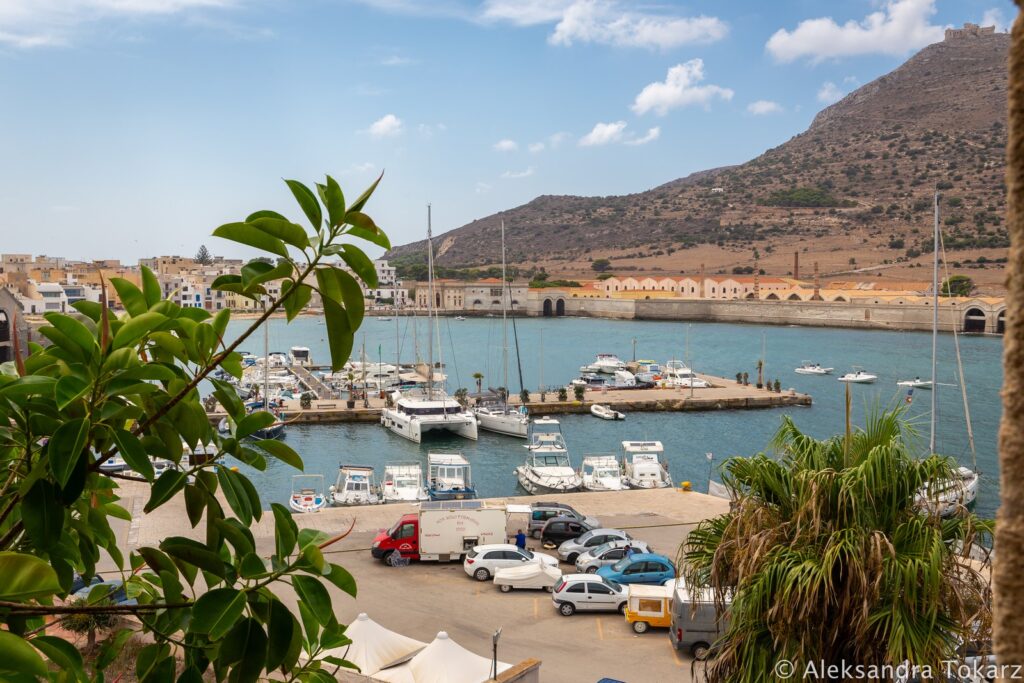
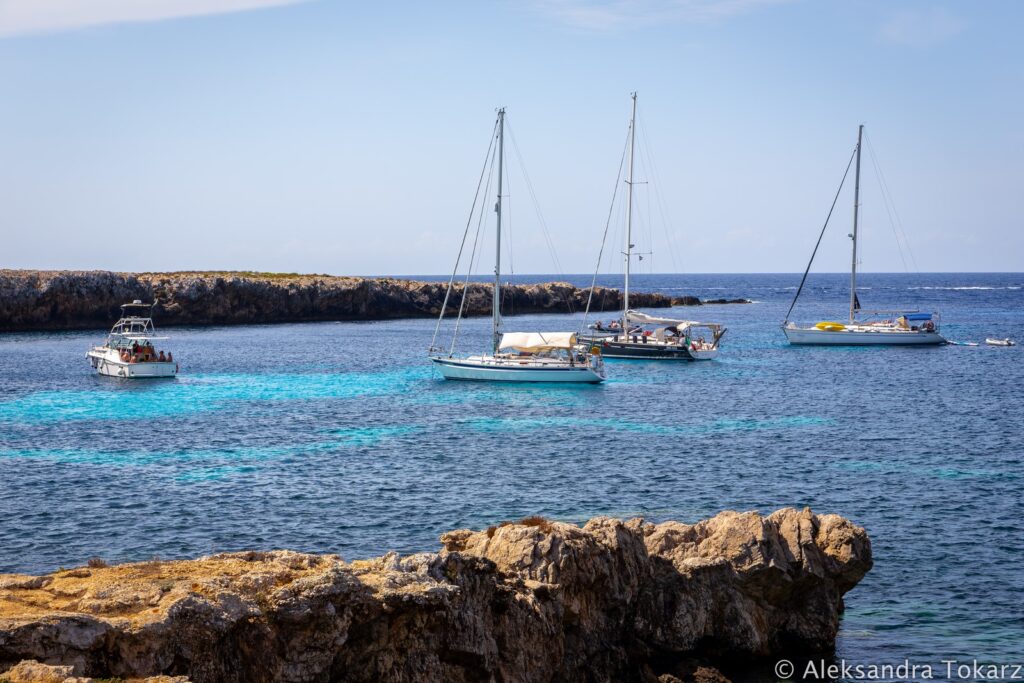
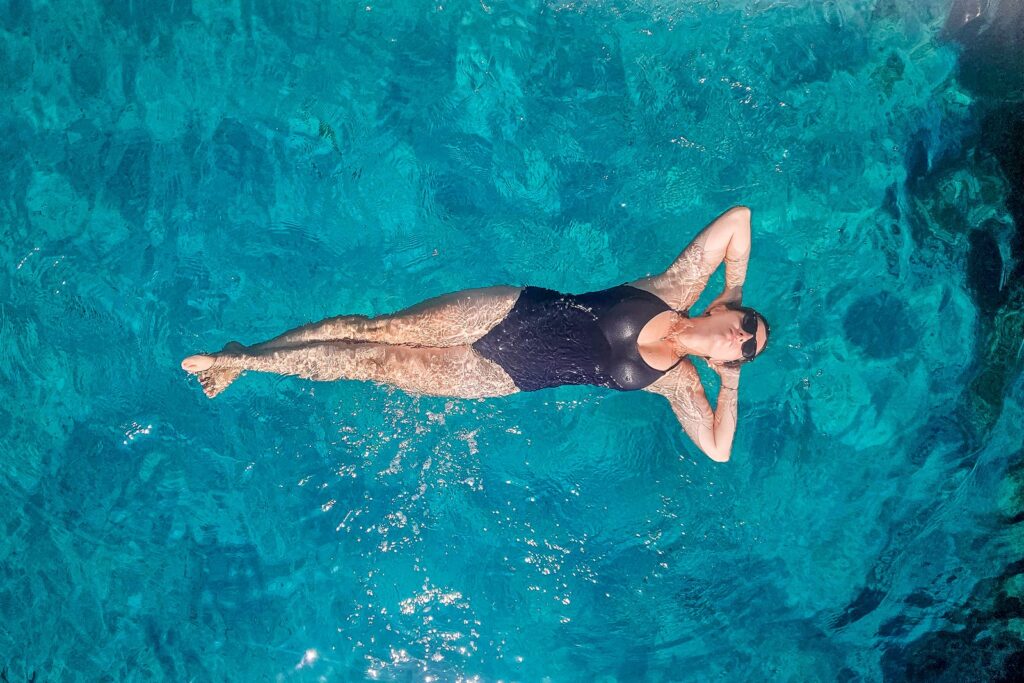
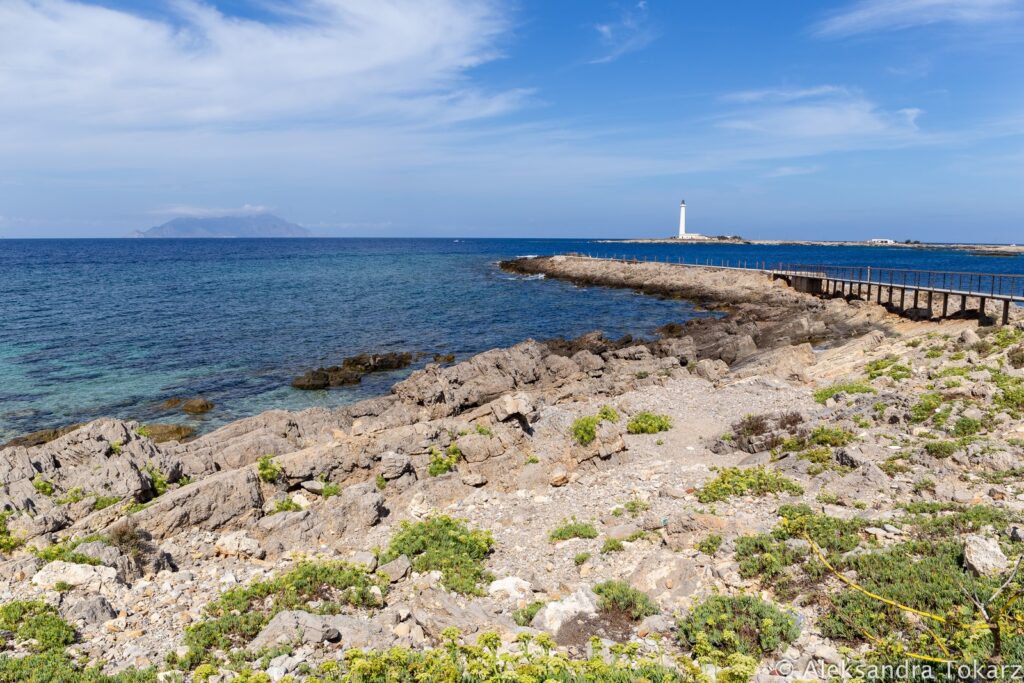
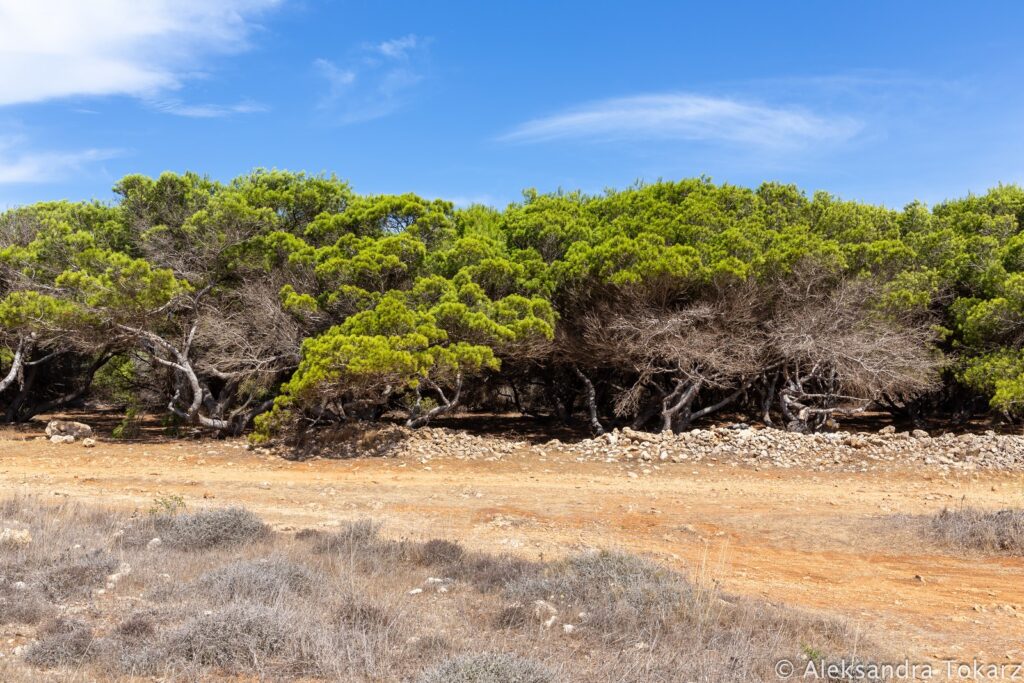
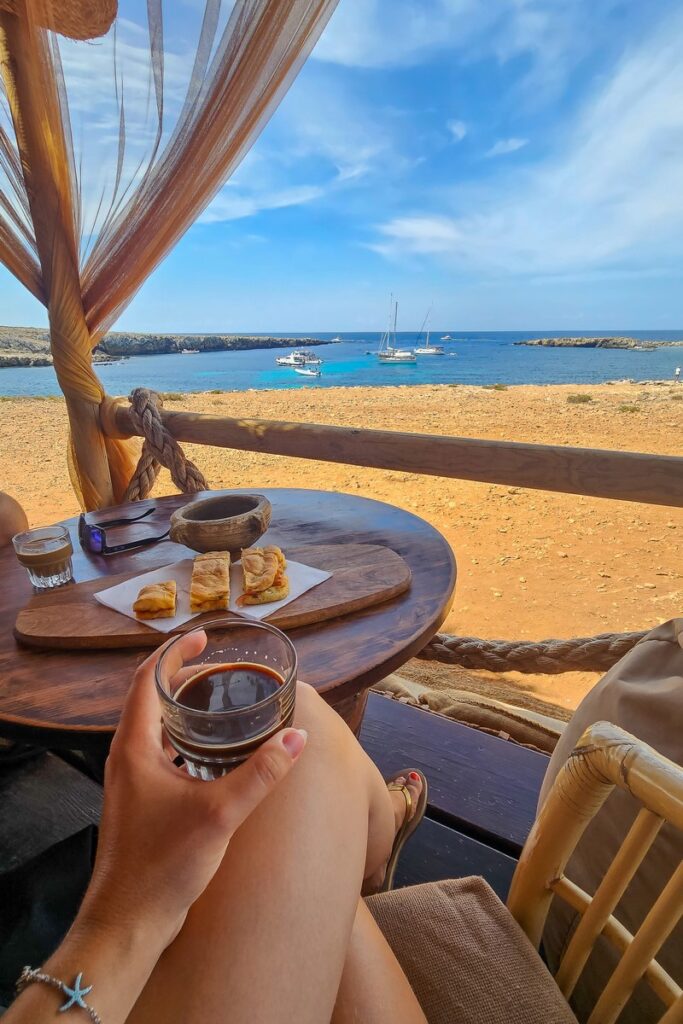
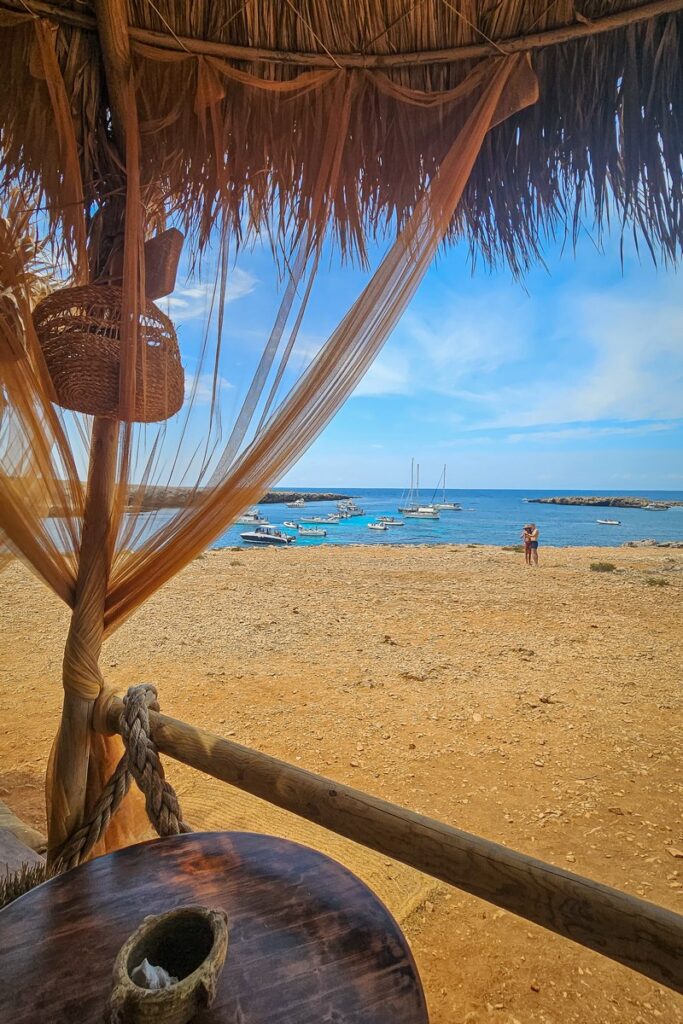
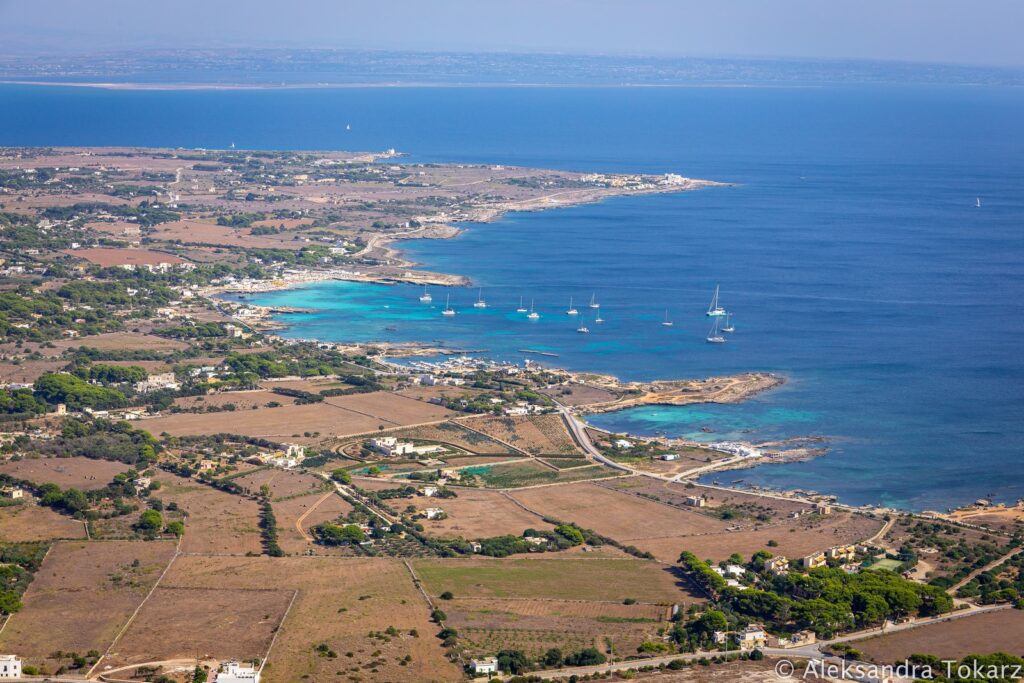
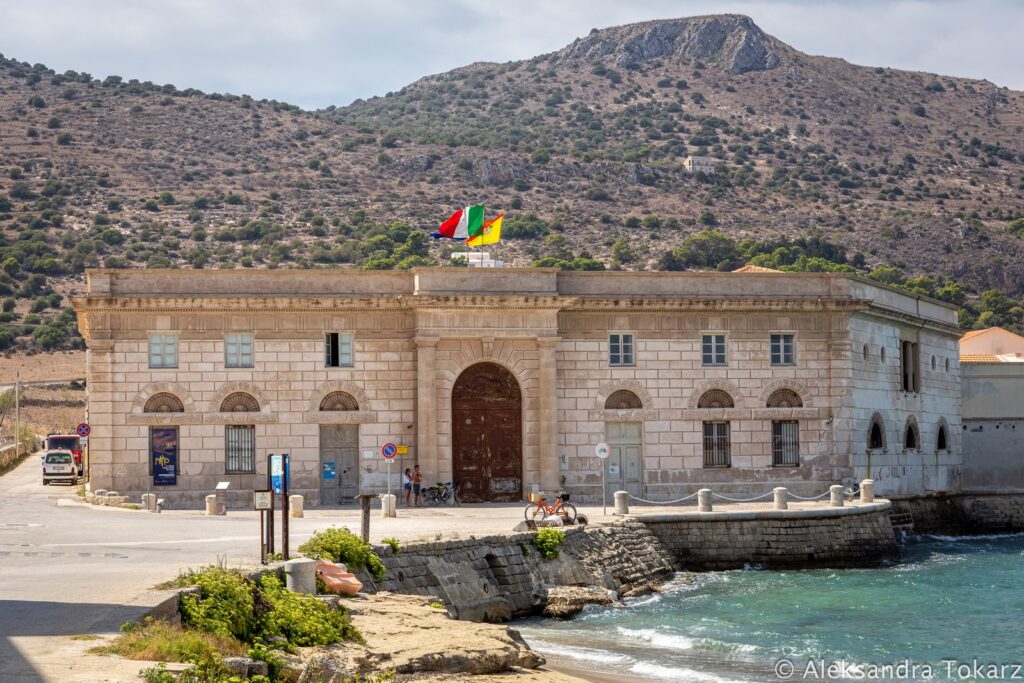
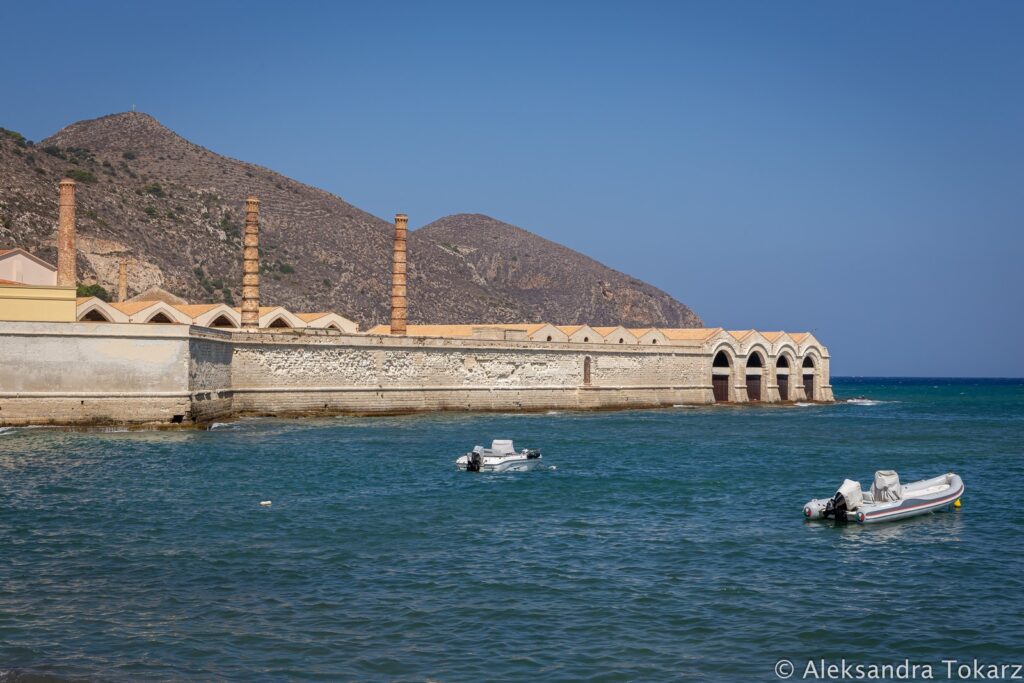

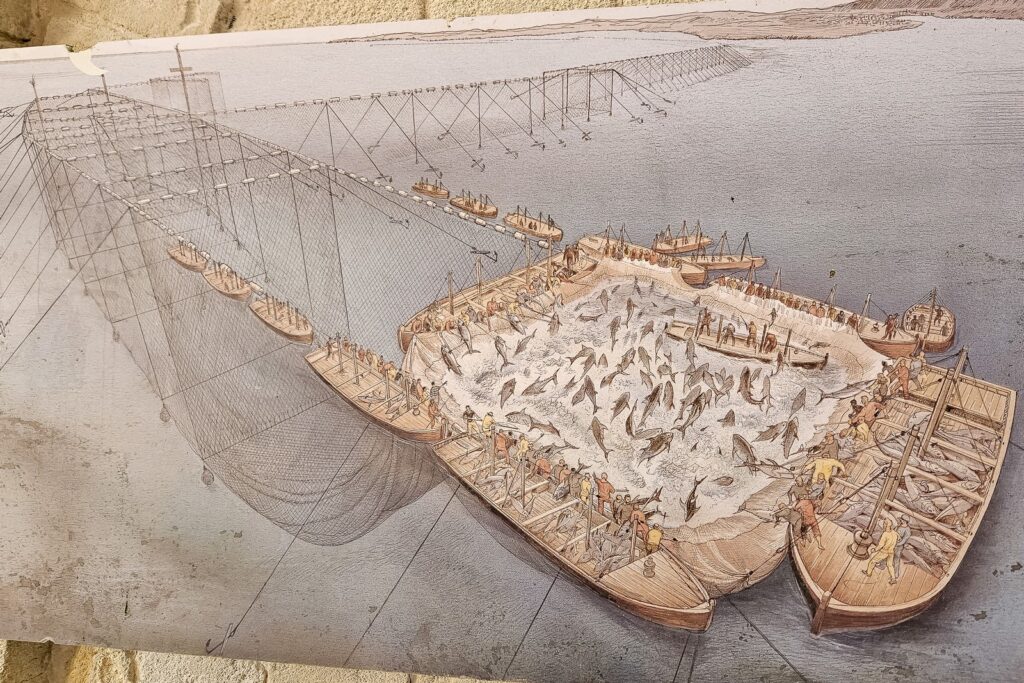


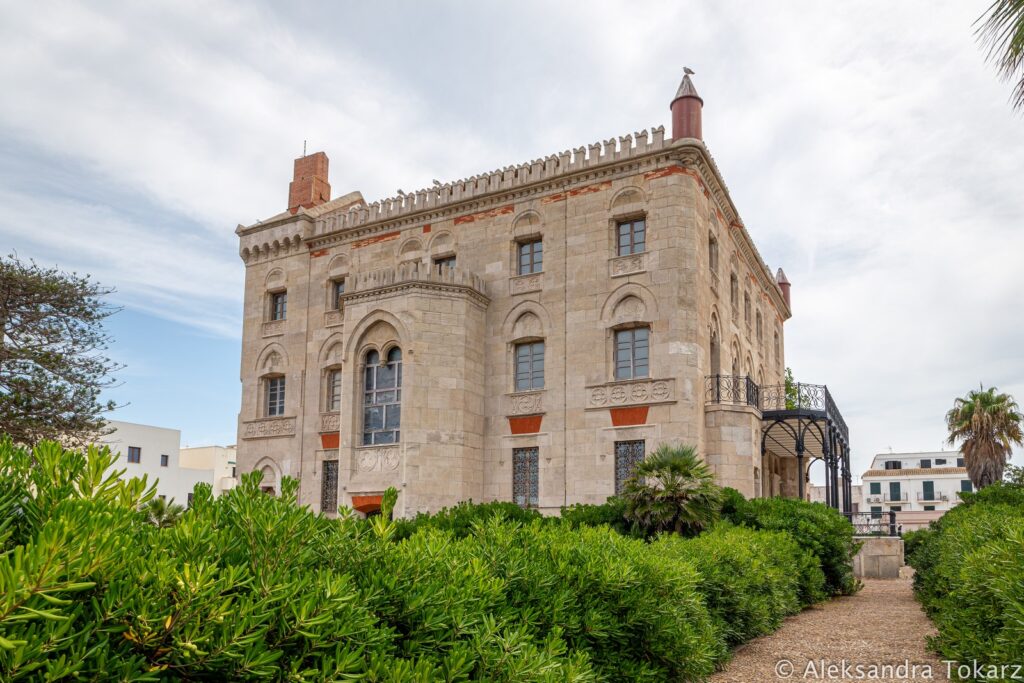

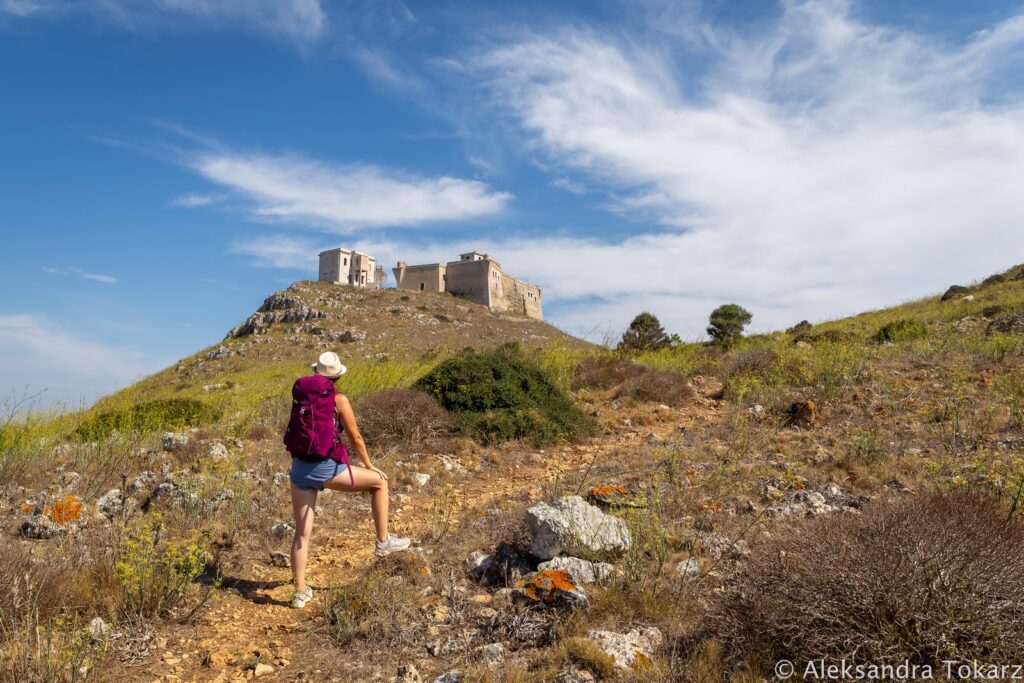
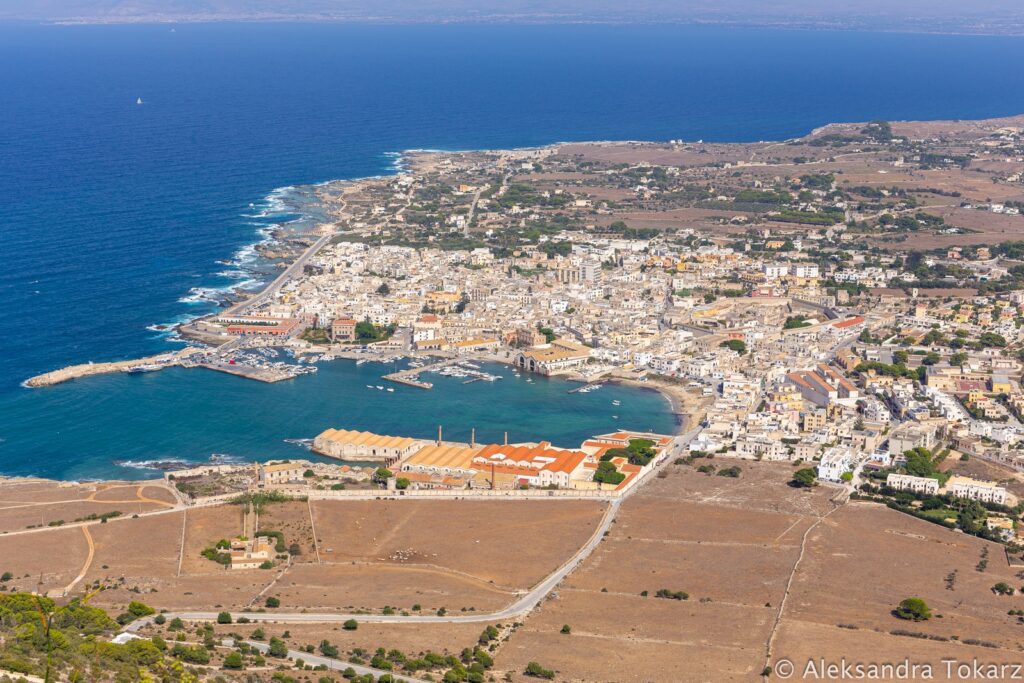
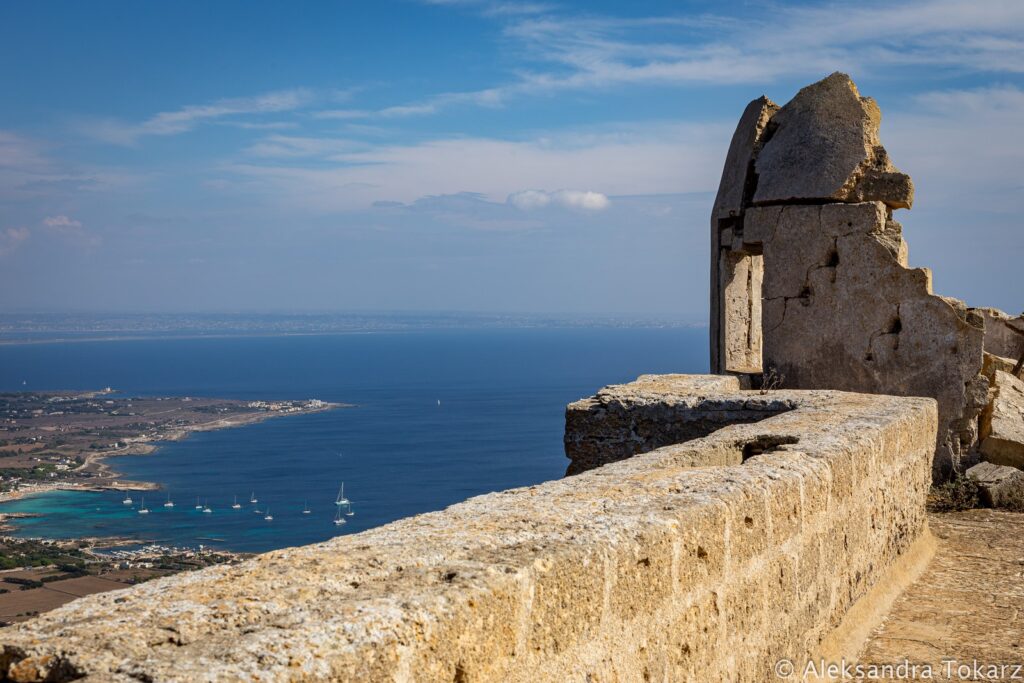
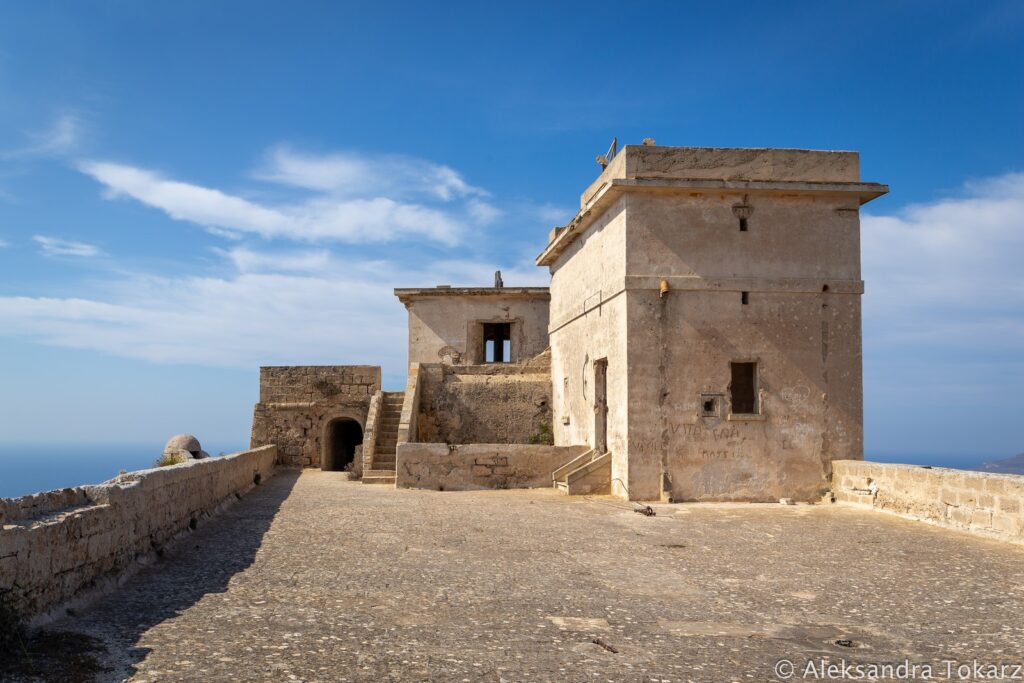


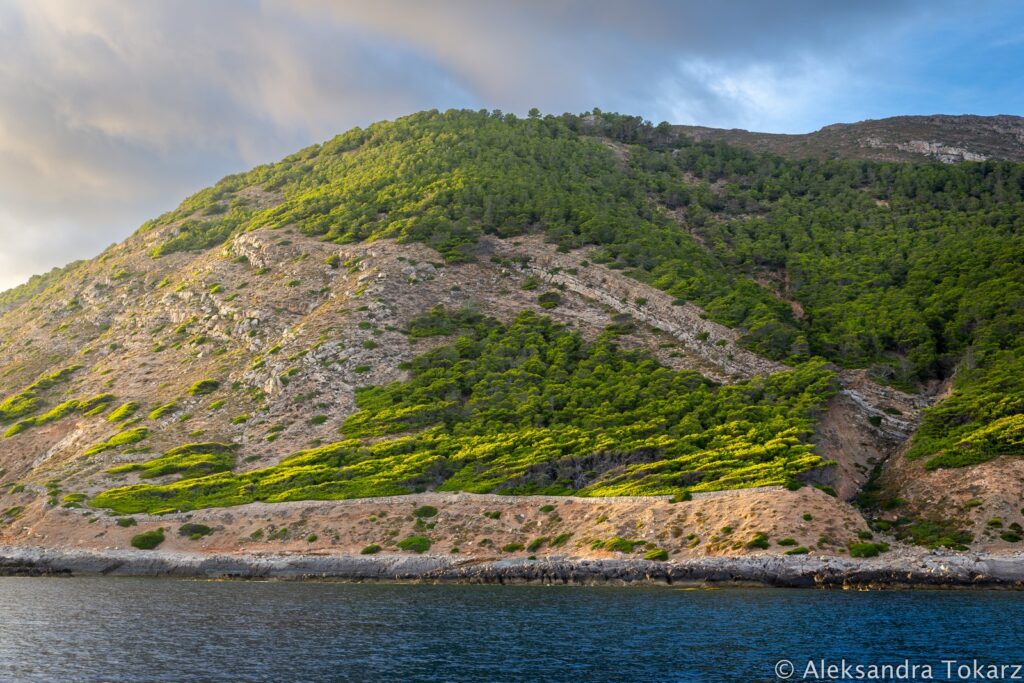

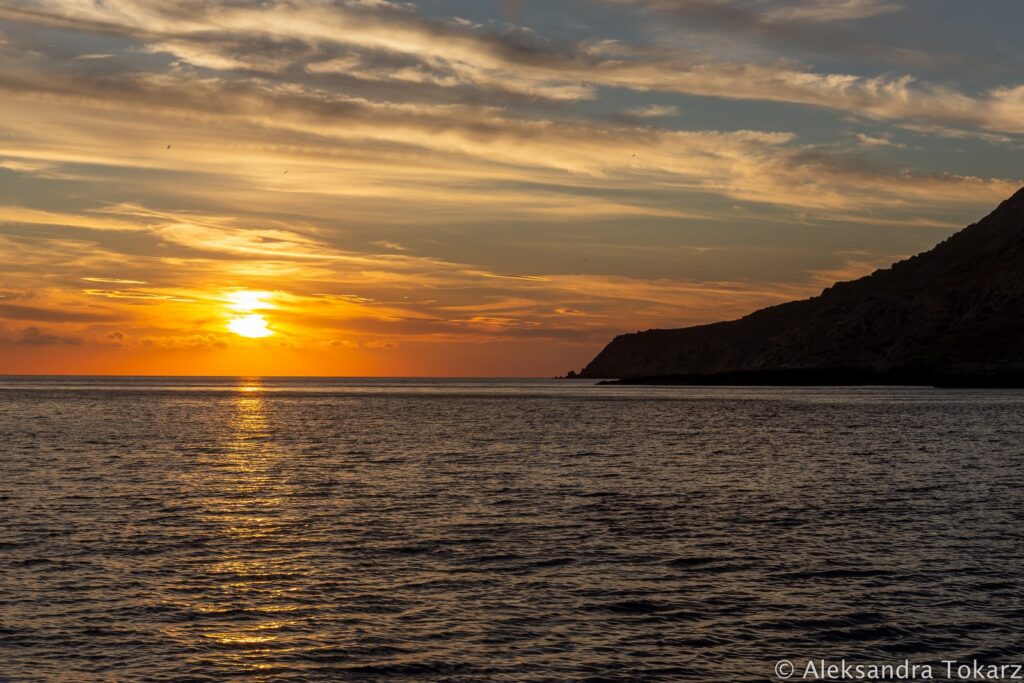


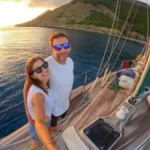

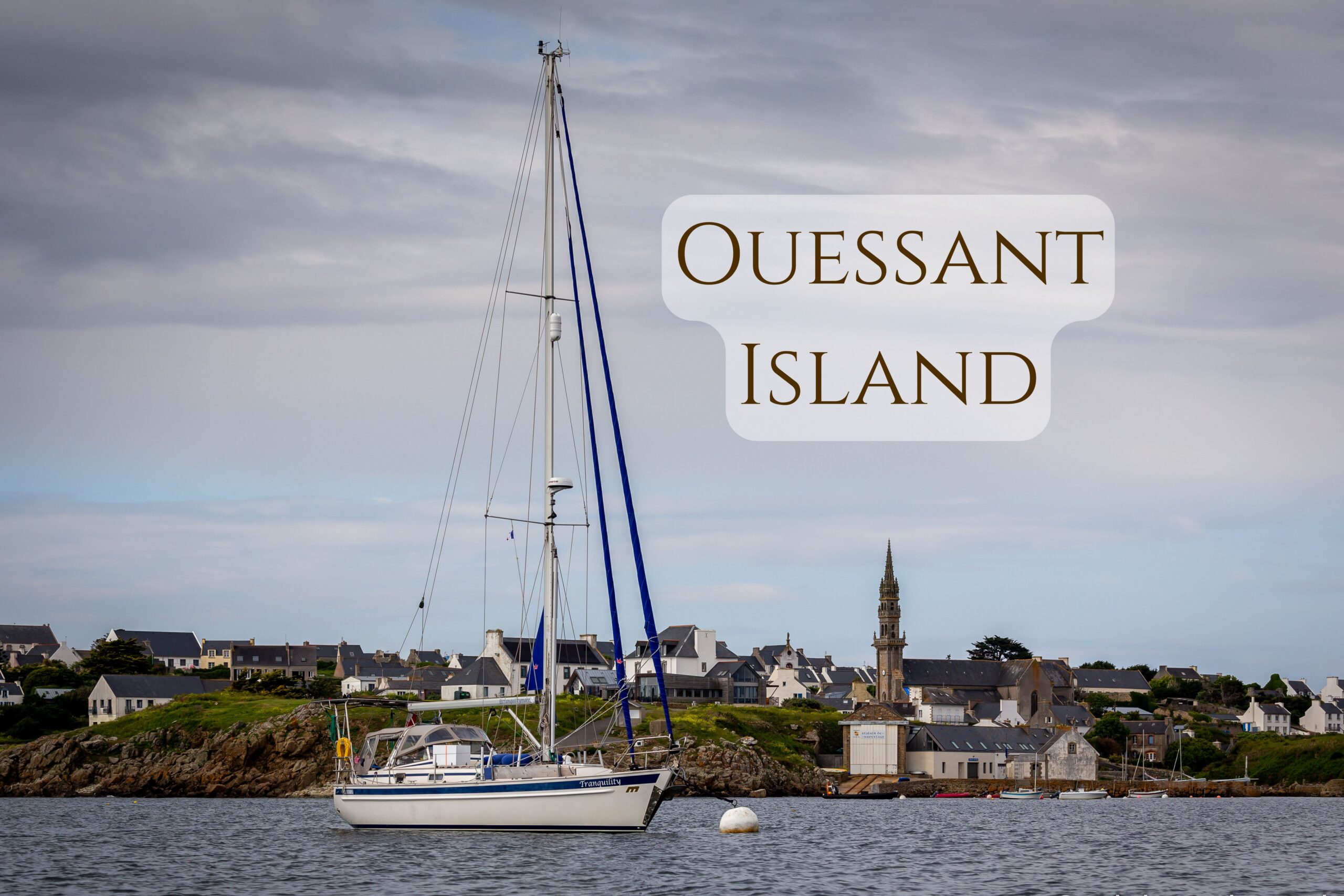

No responses yet